If you’re tired of the lists where you keep reading exactly the same places and spots in China, here you have an alternative with the best, lesser-known places to visit in China.

You’ve probably read many lists with the “Top 10 places you can’t miss in China” or “Where to go in China, the 10 best places to visit in China”! Chances are, most of them keep repeating the same places over and over. Yes, the Great Wall of China is amazing and impressive, and you should go if it’s your first time in China, but there’s so much more, especially if you’ve already visited it a couple of times.
And it’s actually not that hard. We’re talking about the biggest country in the world, and one of the most historic at that. Chinese history spans millennia, with over 5,000 years of recorded history and civilizations older than that. You can live in China and travel around it for years, and there would be places left to discover.
But before you take your suitcase and yourself to the nearest airport, let’s talk for a bit about your internet connection. China is a big country, and going into the lesser-known places can mean an unstable internet connection. To save you the hassle and trouble, try Yoho Mobile’s free eSIM trial and get instant access to mobile data in most countries. No SIM card, no contracts—just a quick setup and you’re online in minutes.
If you want to get your eSIM plan afterwards, use the code YOHO12 at checkout for a 12% discount!
Best Lesser-Known Places to Visit in China
Beijing, The Capital
Let’s start right in the capital of China. Beijing is a big city and a great place to visit. If you read the usual guides like top things to do in China or the best district to stay in Beijing, you know that there are great places like the Great Wall of China, Tiananmen Square, and the Forbidden City.
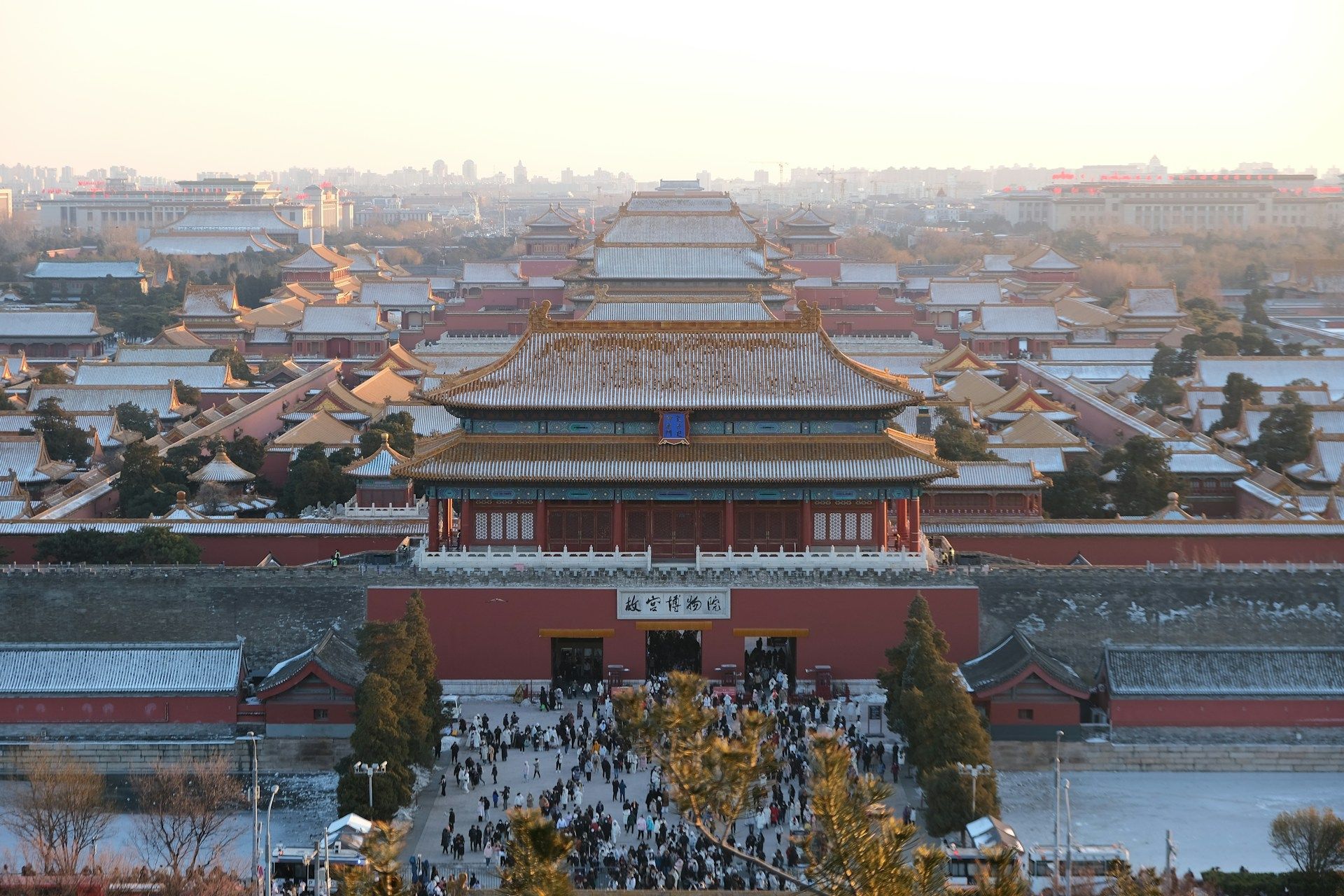
Lama Temple
Also known as Yonghe Temple, it’s one of the most famous Tibetan Buddhist temples in Beijing, and yet, it’s not as featured in the guides as other temples. It was established in 1694 as the residence of Prince Yinzhen, who later became Emperor Yongzheng. Afterwards, it suffered a series of transformations, becoming a Tibetan lamasery and even serving as the national center for Tibetan Buddhist administration.
It’s a great place to feel more connected with your inner self and reflect. The temple is still in use today, so you’ll see the monks going around in their daily rituals, and the air smells of freshly burned incense. You can admire the Tibetan art in the multiple halls and pavilions, like an 18-meter statue of Maitreya Buddha, carved from a single sandalwood trunk.
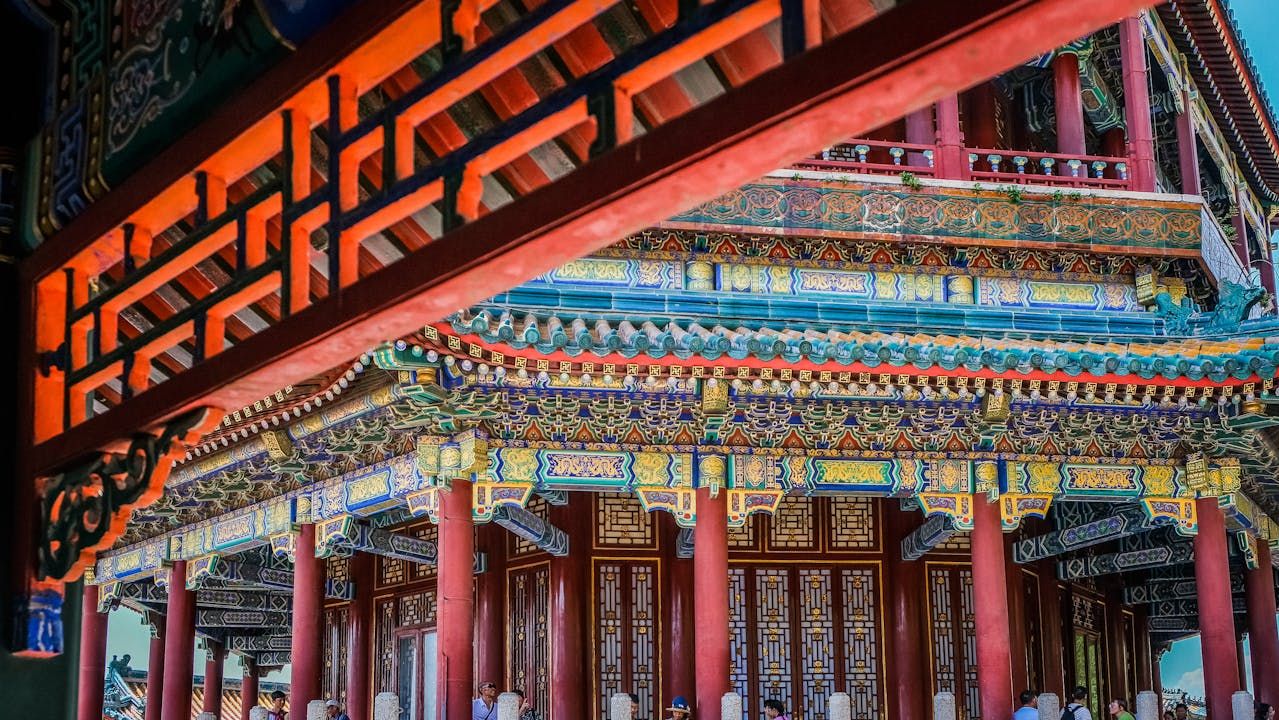
Beijing Ancient Observatory
Chinese people knew a surprising amount about the celestial bodies, and, in their own way, they tried to make sense of the movements of the stars and planets. They used this knowledge to keep a trusty calendar for the imperial court during the Ming Dynasty. Even during the 19th and 20th centuries, it was in use, although modernized, but nowadays it is a museum where you can see many old instruments and other exhibitions.
Interesting astronomical instruments you can see in the Ancient Observatory:
-
Armillary Sphere: It was used to observe and record the movement of the celestial bodies, and it looks like a large metal sphere made of concentric rings.
-
Water clock: Before the mechanical clock we’re most used to, there were many ways to keep time, and water clocks are really interesting to see.
-
Gnomon: It’s not exactly a sundial, but it serves the same purpose.
Shanghai: not only a Skyline
Another of those Chinese cities that you’ve heard in every single list, and truly one of the best places to visit in China. Most people associate it more with the modern side of China, with the incredible technological advancements and stunning skyscrapers. A spot like the Shanghai Tower is really popular, and while you can see a lot of the city from there, closer to the ground and hidden from sight, there are incredible places to visit.
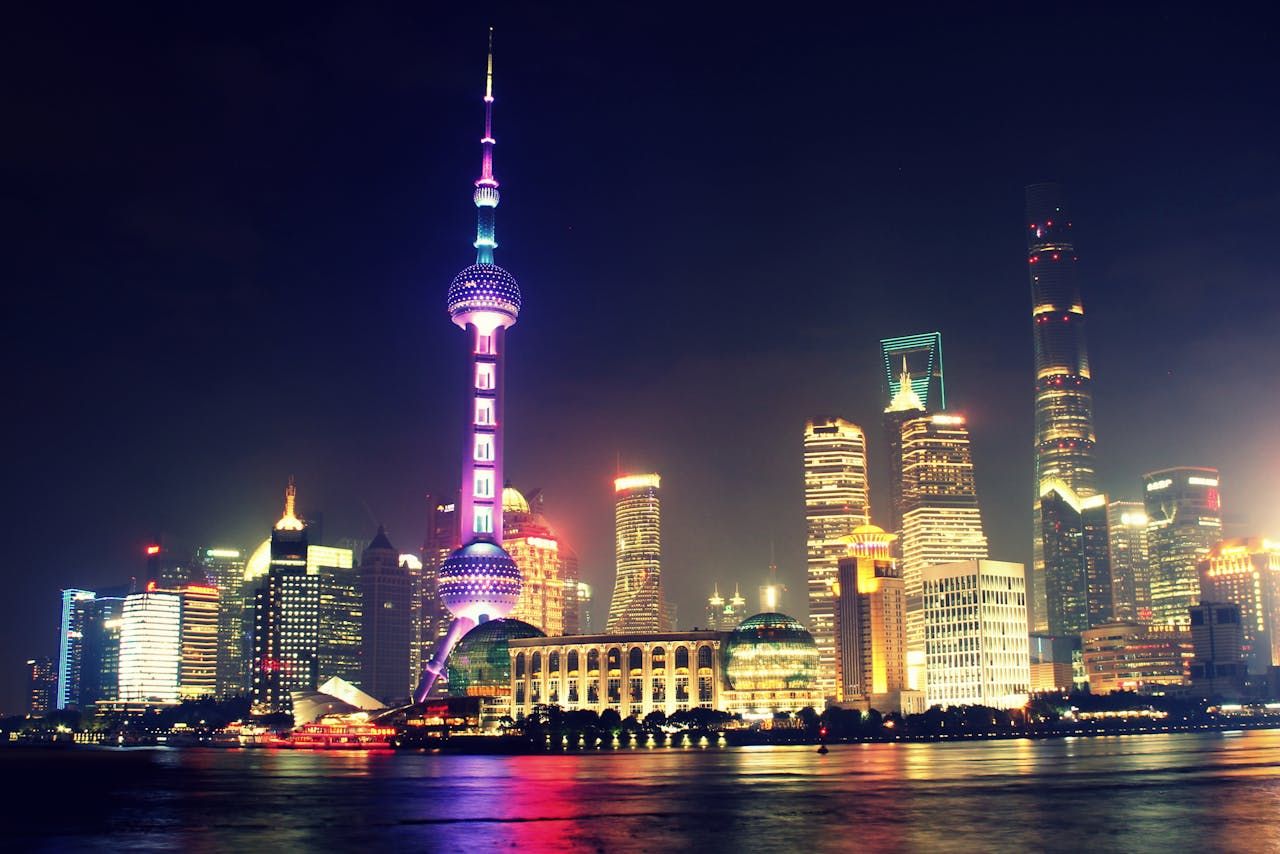
Yuyuan Garden
The traditional side of Shanghai is a bit less visited than the modern side, and one example of this is the Yuyuan Garden. There you’ll find a tranquil escape from the bustling urbanity. Far away from the crowds and the thousand screens. In fact, you should put your phone in airplane mode for a while and just enjoy the peace.
Chinese architects knew what they were doing when designing it, and it’s as traditional as you can imagine. With ponds, rockeries, pavilions, and bridges. You can admire their aesthetic sense, especially in areas like the Exquisite Jade Rock, a large rock made with jade-colored stones, and the Five-Dragons Wall.
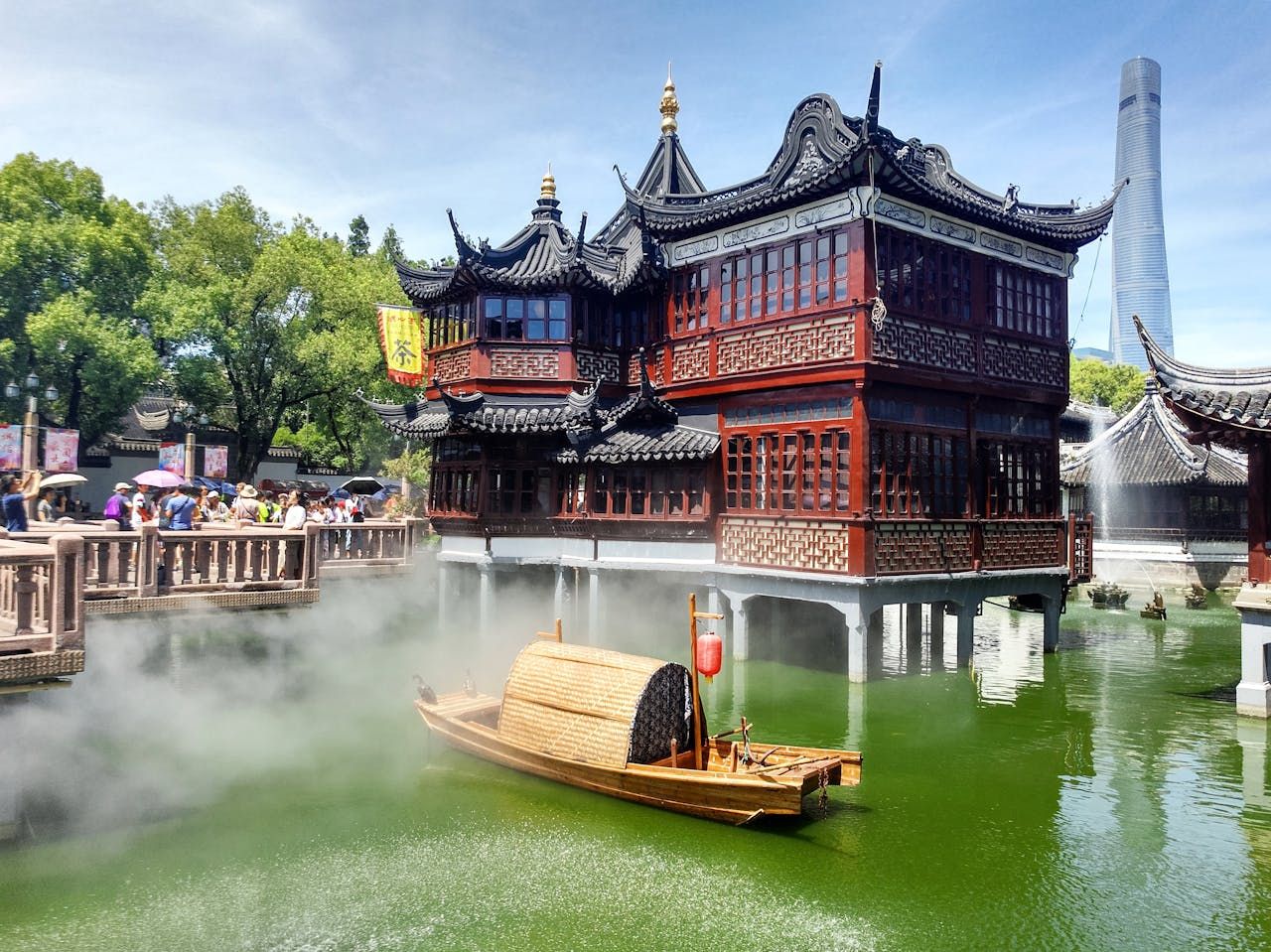
Tianzifang
China has some really great souvenirs you can buy, but if you’re in Shanghai searching for places to shop, there are more than a few alternatives. Most people will suggest more touristic areas like Nanjing Road, but if you’re turning away from the crowds and the tourist traps, you’ll prefer Tianzifang. What’s now a vibrant arts and crafts enclave used to be a more residential area, and some of that quietness still persists.
What can you find in Tianzifang?
-
Art Galleries: Many artists have set up their studios and studies in the area, so you can see them working.
-
Craft Shops: It’s a perfect place to find handmade items and speak directly with the artisans who made them. Be it jewelry, ceramics, clothing, or paintings.
-
Cafes, restaurants, and bars: You have plenty of options, since the culinary scene here goes from the very traditional Chinese dishes, to many international cuisines.
Guilin: more than the Li River
Guilin is one of those places in China that tends to pop up in every natural wonder of China list. And it’s easy to see why, it’s one of the best places to visit in China if you like nature and want to feel like you’re inside a fairytale. The cruises on the Li River are incredibly popular and can be quite magical during the morning hours, but there are more places worth visiting.
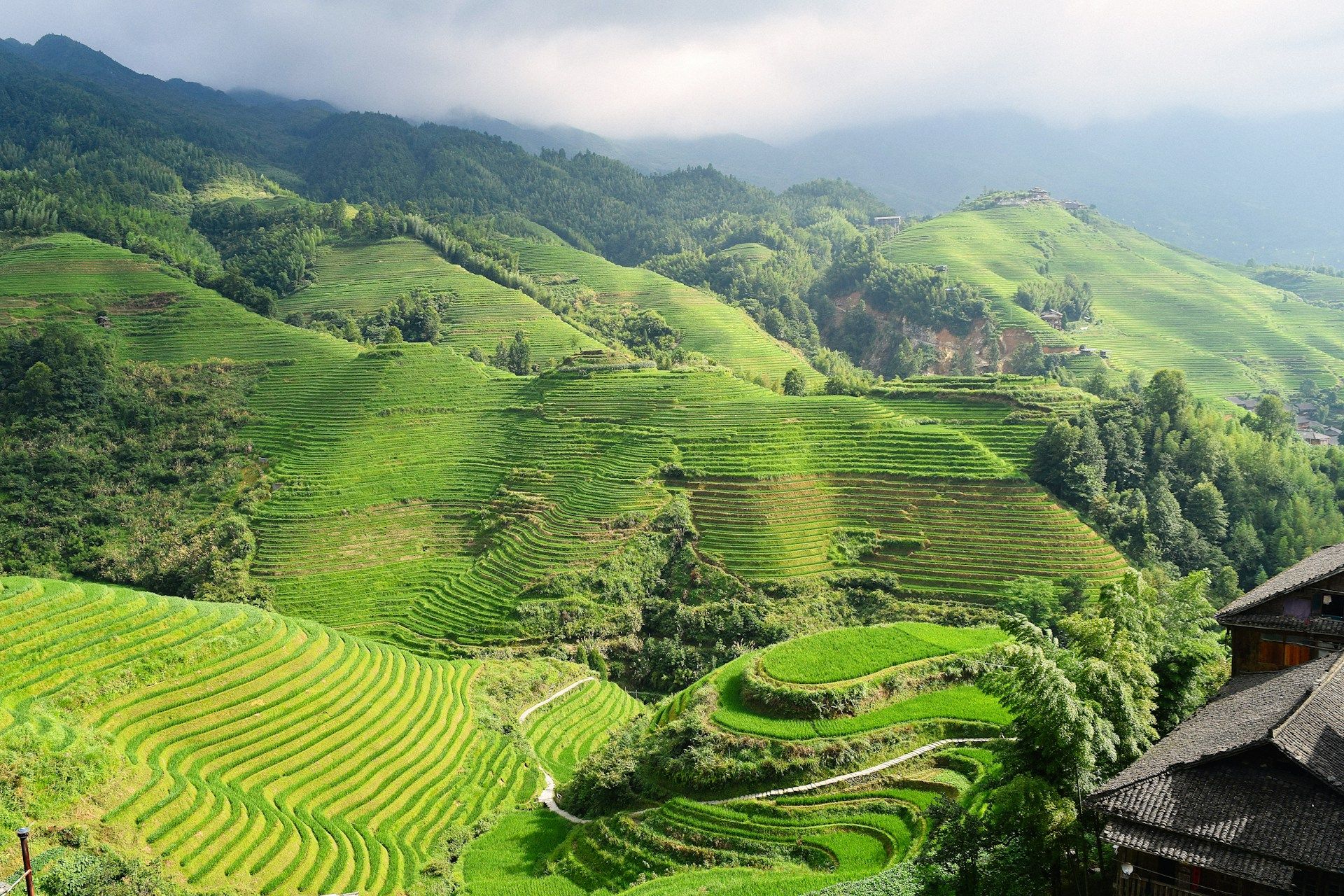
Photo by Aaron Greenwood on Unsplash
Yangshuo Moon Hill
Around Guilin, the most know Hill is the Elephant Trunk Hill, which resembles an elephant drinking water from the Li River and is a symbol of the city. But, since we’re talking about lesser-known places, you’ll prefer to listen about the Yangshuo Moon Hill.
The name comes from a natural arch that forms a hole through the mountain and seems like a crescent moon. Many people believe that it symbolizes eternity, and what better way to immortalize your visit than with a couple of pictures! Aside from the interesting formation, the hill is also a nice spot to get a full panoramic view of the surrounding landscapes, with the karst mountains and the river.
Red Flute Cave
Cave exploring might not be for everyone. Some people don’t like the closed spaces or the darkness, but if you can explore one cave in China, make it this one. And don’t worry, there are electric lights installed, it is well mapped, quite open, and has easy access. The Red Flute Cave is a limestone cave with some incredible formations, with stalactites and stalagmites that have spent millions and millions of years to get to the size that they’re now. Many people like to look at them and try to see a resemblance with everyday objects, or animals, so there you have a fun thing to try down there!
Xi’an, the ancient capital of China
Let’s go to Xi’an now, the ancient capital of China, where the terracotta army protects the eternal rest of the first Chinese Emperor and the founder of the Qin Dynasty, Qin Shi Huang. If you’ve traveled to China, you’ve probably already seen them and maybe even have a souvenir or two. But what else could you see in Xi’an?
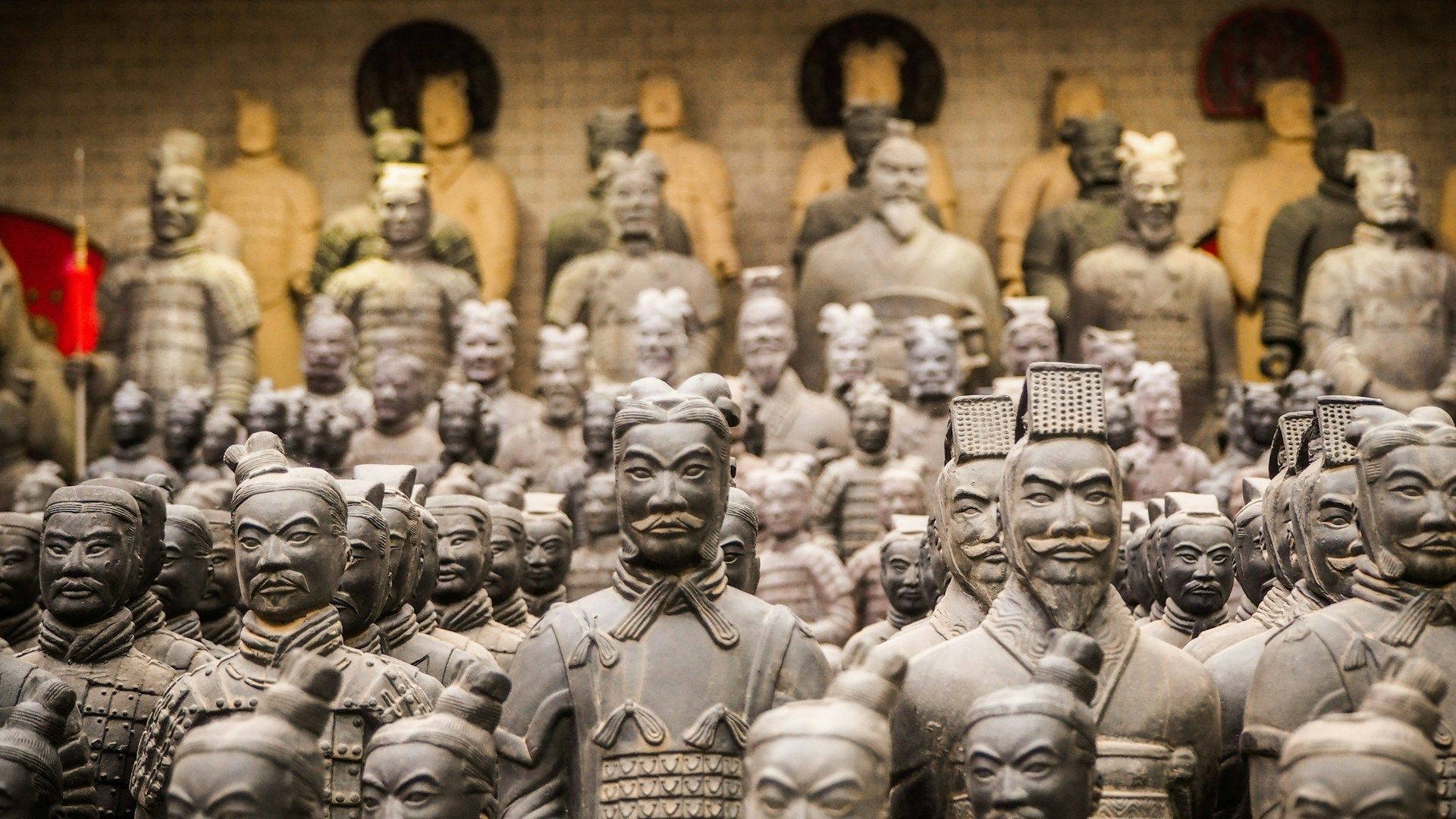
Photo by Manoj kumar kasirajan on Unsplash
Huaqing Hot Springs
You’ve traveled long and for far too much time, haven’t you? You’re tired and weary of the road, and need a place to replenish your strength. What better place than the Huaqing Hot Springs? Bathe in the very same spot that the ancient emperors went to rest and relax, and listen to stories like the “Song of Everlasting Regret”.
And if you’re wondering how much the baths have changed since they were used, well, some of the pools are modern, and some others are restored imperial pools. Pools like the Star Pool, the Lotus Pool, and the Crabapple Pool are actually part of the Huaqing Palace complex.
Xi’an City Wall
Many cities in ancient times had walls to protect them. Well, China is already pretty famous for a big wall, but this one is a bit different. The Xi’an City Wall is one example of the Ming Dynasty architecture, and it’s been meticulously preserved and restored. It encircles the old part of the city, with a perimeter of around 13,7 km, and you can rent a bike to ride along the full length. Seeing it up close, it’s pretty impressive, with its 12 meters of height and a similar width. The gates are still functional, and the South Gate, the most ornate, is still used in ceremonies.
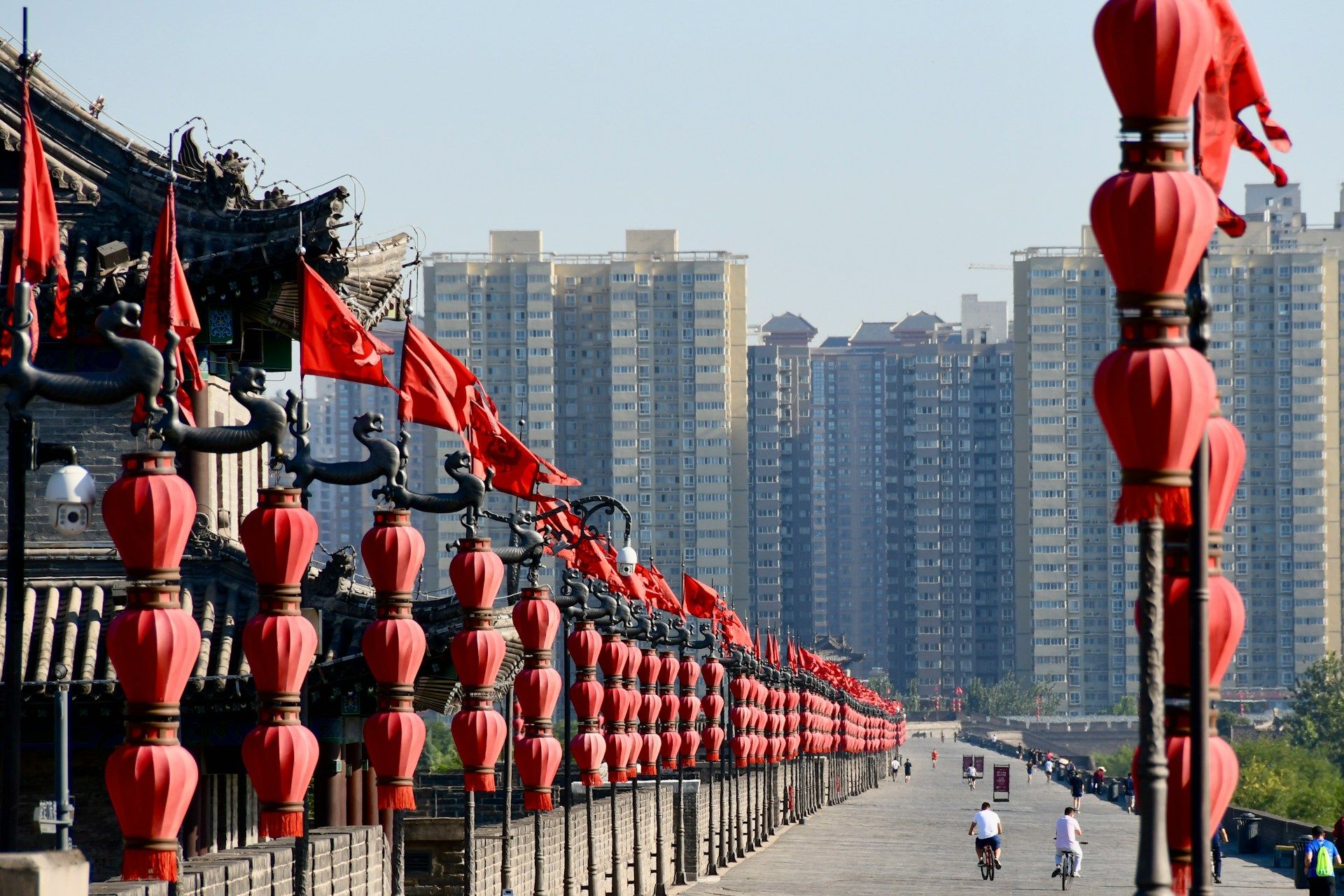
Photo by Camillo Corsetti Antonini on Unsplash
Final Thoughts About the Best Places to Visit in China
You don’t have to follow this list in its integrity. Traveling to China, or anyplace really, is a deeply personal experience, and only you know what you really want to see and do there. Seeking advice on the internet is a great way to get an overview of the places you’re planning to visit, but don’t miss the opportunity of speaking with someone who has already traveled there. Ask them as many questions as you can, and if you have friends who live in the country, follow their suggestions. It could lead you to truly hidden treasures that no tourist guide features.
